What is Achilles Tendinopathy?

Achilles Tendinopathy occurs when the achilles tendon degenerates and becomes inflamed. The tendon can swell and may cause pain. This condition is common in athletes, runners and patients who have calf tightness or improper foot mechanics. Achilles tendinosis may occur in the middle of the tendon. This is known as midsubstance achilles tendinosis. It may also occur at the point where the tendon connects to the heel bone. This is known as insertional achilles tendinosis.
At PodiatryFirst Sydney CBD, Miranda, Cremorne and Bondi Junction we understand that achilles tendonitis can be very painful and if left untreated, lead to a complete rupture requiring extensive reconstructive surgery.

What are the symptoms of Achilles Tendinosis?
Patients with Achilles tendinosis have pain and/or tightness in the tendon behind the ankle. Most of the time there is no trauma or injury, but rather a slow progression of pain. Patients may have difficulty climbing stairs or running. Patients may also have pain after sitting for long periods or after sleeping. Many patients will notice a bump either in the tendon (midsubstance achilles tendinosis) or right behind the heel bone (insertional Achilles tendinosis). Some may also get irritation from shoes rubbing against the bump and feel better when wearing backless shoes. Patients also commonly have less pain while wearing a shoe with a slight heel versus shoes that are flat.
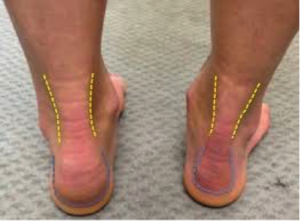
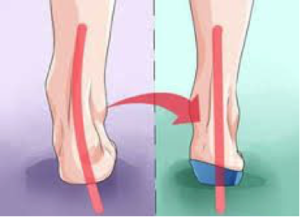
What are the symptoms of Achilles Tendinosis?
Patients with Achilles tendinosis have pain and/or tightness in the tendon behind the ankle. Most of the time there is no trauma or injury, but rather a slow progression of pain. Patients may have difficulty climbing stairs or running. Patients may also have pain after sitting for long periods or after sleeping. Many patients will notice a bump either in the tendon (midsubstance achilles tendinosis) or right behind the heel bone (insertional Achilles tendinosis). Some may also get irritation from shoes rubbing against the bump and feel better when wearing backless shoes. Patients also commonly have less pain while wearing a shoe with a slight heel versus shoes that are flat.

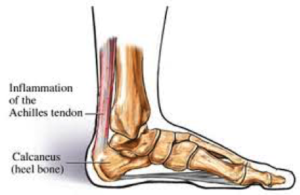
The expert team of Musculoskeletal Podiatrists at PodiatryFirst will undertake a thorough history and bio-mechanical examination to determine the exact causes of you Achilles pain. X-rays may be taken to see if there are any bone spurs. An MRI or ultrasound may also be performed to further evaluate how much of the tendon is affected and to look for any tears.
Treatments for Achilles Tendonitis
Your treating Musculoskeletal Podiatrist at PodiatryFirst Sydney CBD , Cremorne, Miranda and Bondi Junction will determine a customised treatment protocol for your unique needs.
Treatments for Achilles tendonitis may include the following:
- Stretching of shortened musculature which may be contributing to the development of the injury.
- Taping of the foot and ankle to correct and reduce overload of the tendon structure.
- Customised foot orthotics to correct abnormal foot and leg biomechanics.
- Shockwave therapy to quickly regenerate the tendon tissue and loosen tight muscles.
- Footwear advice, to provide adequate support and prevent re-injury of the Achilles tendon from unsupportive shoes.
- Customised high load eccentric strengthening program : to build the adequate strength in the tendon to allow full return to activities.
The expert musculoskeletal Podiatrists at PodiatryFirst Bondi junction, Cremorne, Miranda and Sydney CBD take your injury seriously and will help you return to your activities as soon as possible.
Leave a reply
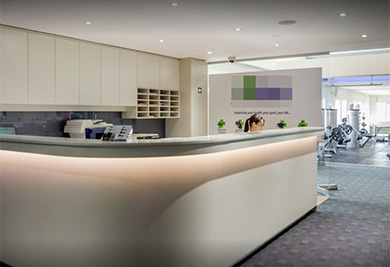
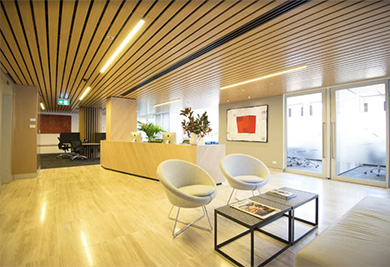
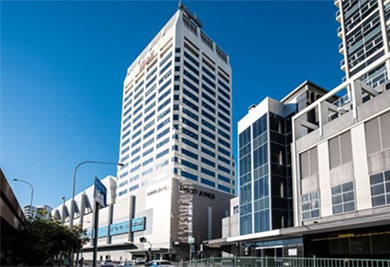
Most Commented